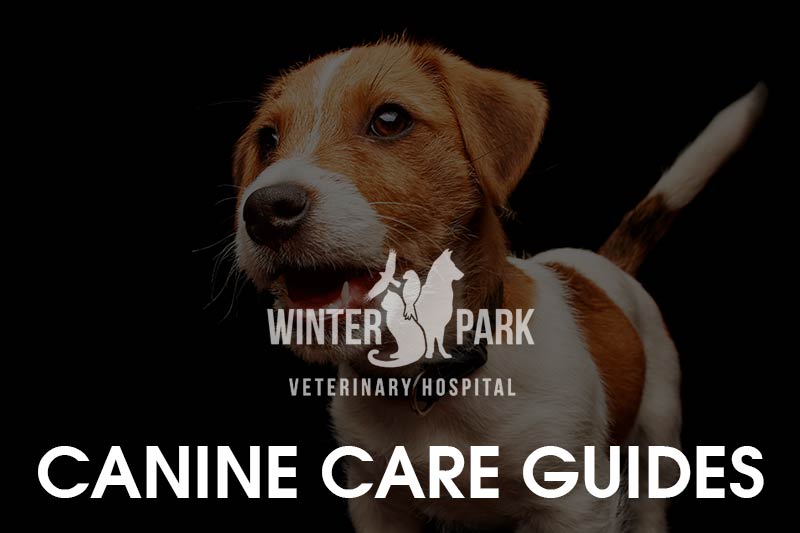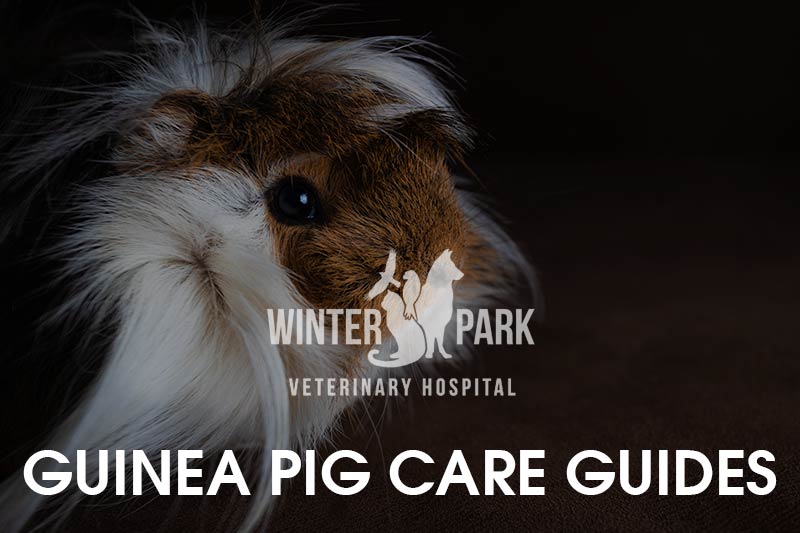Getting a Reptile as a Pet
Download Getting a Pet Reptile – PDF
Getting a new pet reptile is an exciting time for those of us in the reptile hobby. Whether it be a new species or another individual of a species we already keep, each pet brings a new adventure and a new aspect to the human-reptile bond. When looking to acquire your next pet, there are certain things to look for to ensure the animal is healthy. This article plans to describe what to look for in a prospective new pet.
Before we start with how to examine your reptile, we need to discuss the source of your animal. When possible, always try to find a captive bred individual, as wild caught or farm raised animals bring a lot of issues with them. The importation process is very hard on reptiles and adds a lot of stress, which lowers their immune systems. This opens them up to opportunistic bacterial, fungal, and parasitic infections. The process also leaves them dehydrated and emaciated, further taxing their immune system and bodies. In addition to the physical pressures, the importation process leaves reptiles psychologically scarred and wary of humans- making them harder to acclimate to captivity and difficult to work with. Captive breeding avoids many of these pit falls and gives you a better chance at a healthy individual.
With the source of the reptile addressed, now it’s time to go over what to look at for your new pet. I always start with the head, looking mainly at the mouth, eyes, and nose. You want to ensure you do not see any lumps or bumps in the mouth or in addition to excessive bubbles/saliva. These lumps could be potential abscesses, bubbles emanating from the mouth could be signs of a respiratory infection, and excessive saliva could indicate dehydration. You want to make sure the eyes are fully open and clear with no obvious discharge. If a reptile is constantly holding its eyes closed, there is something causing that animal discomfort and stress. Discharge from the nares and eyes can also indicate respiratory infections. With the head out of the way, you want to assess the limbs and the body. If you can, see the animal move around. You want to make sure that the reptile does not have an obvious limp or other issue as it moves around. Look for any swellings on the limbs or body, and ensure the scales look healthy with no evidence of dysecdysis, ectoparasites, and other injuries. Next, look at the vent for any swellings and (if able) ask the breeder for the potential sex of the reptile. If able, ask to see videos of the reptile eating and of its poop/urates. If the animal hasn’t eaten, this could mean it may be sick or too young to be sold. If the poop is watery, that could indicate an inappropriate diet or parasites. Finally, examine the tail for any obvious kinks, dysecdysis, or missing parts.
Most importantly you want to assess the animal’s body condition. This can help you see how skinny a reptile is. In lizards, you can look at the tail base to confirm body condition. Normally you should be able to see the outline of the hips covered by a nice layer of muscle. When lizards are emaciated, the hips will appear bony, and the spine may be visualized as it moves down the tail. In snakes, the body should be lean with an appropriate tapering from the body to the tail. Emaciated snakes will have visible ribs and spines while obese snakes will have an obvious waist before their tail. Emaciated turtles and tortoises will look bony with a lack of musculature in the pectoral region, whereas obese chelonians will be pouring out of their shells.
The miniature physical exam that is detailed in this article should be done every time you handle and interact with your pet. As reptiles are evolutionarily designed to hide signs of illness, frequent check-ups on your pet will help you notice signs of disease before they progress and get the veterinary attention you need. Eric Los Kamp, DVM is an exotic animal and wildlife veterinarian at Winter Park Veterinary Hospital in Winter Park, Florida who aspires to be board certified in reptile/amphibian medicine. In addition to being a member of the Association of Reptile and Amphibian Veterinarians (ARAV), he is an avid Ackie Monitor keeper.









